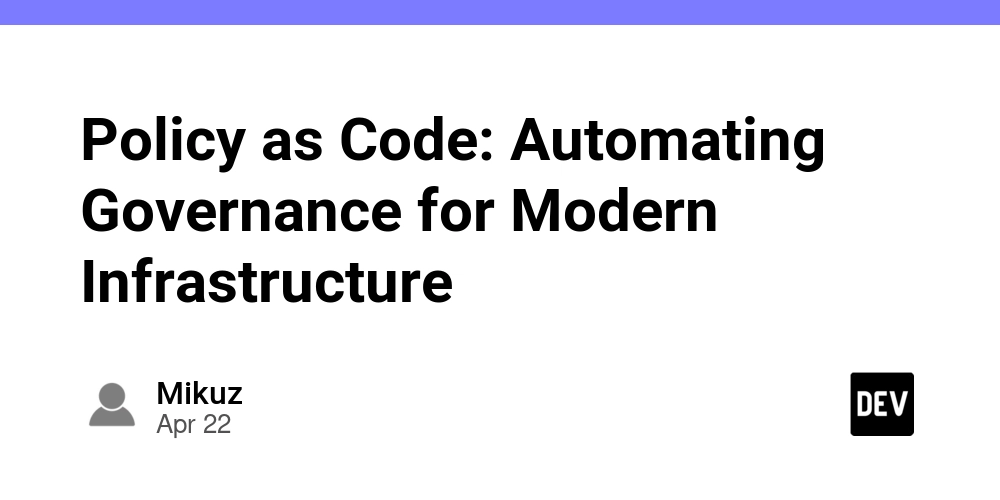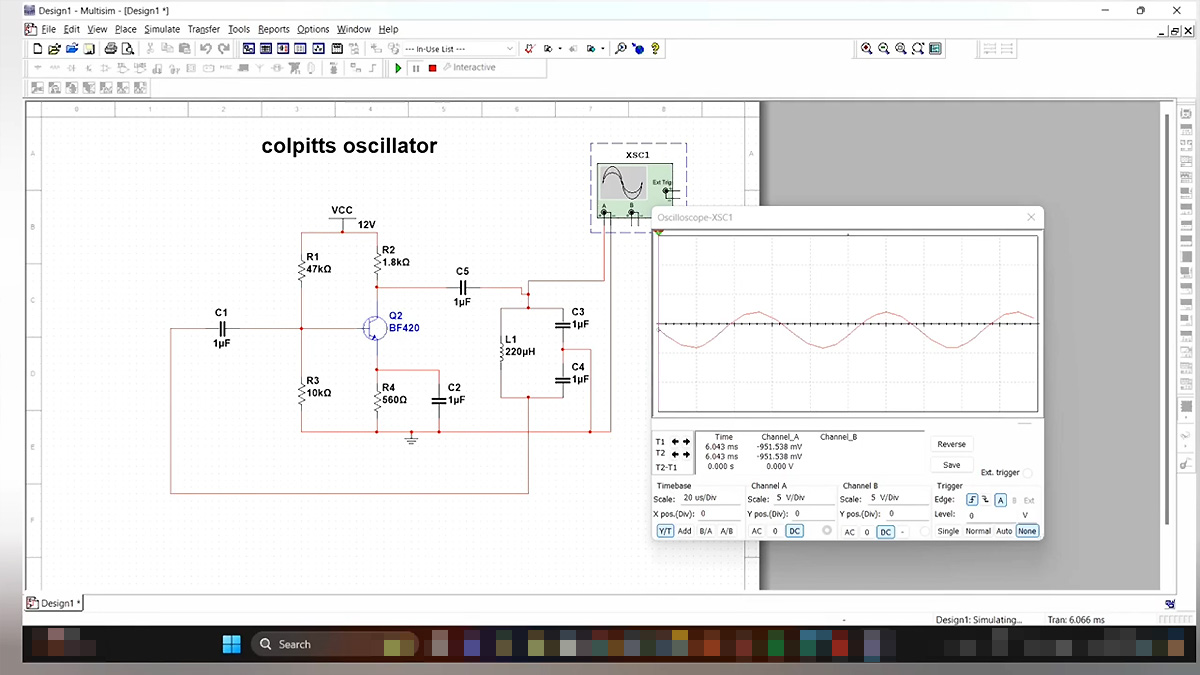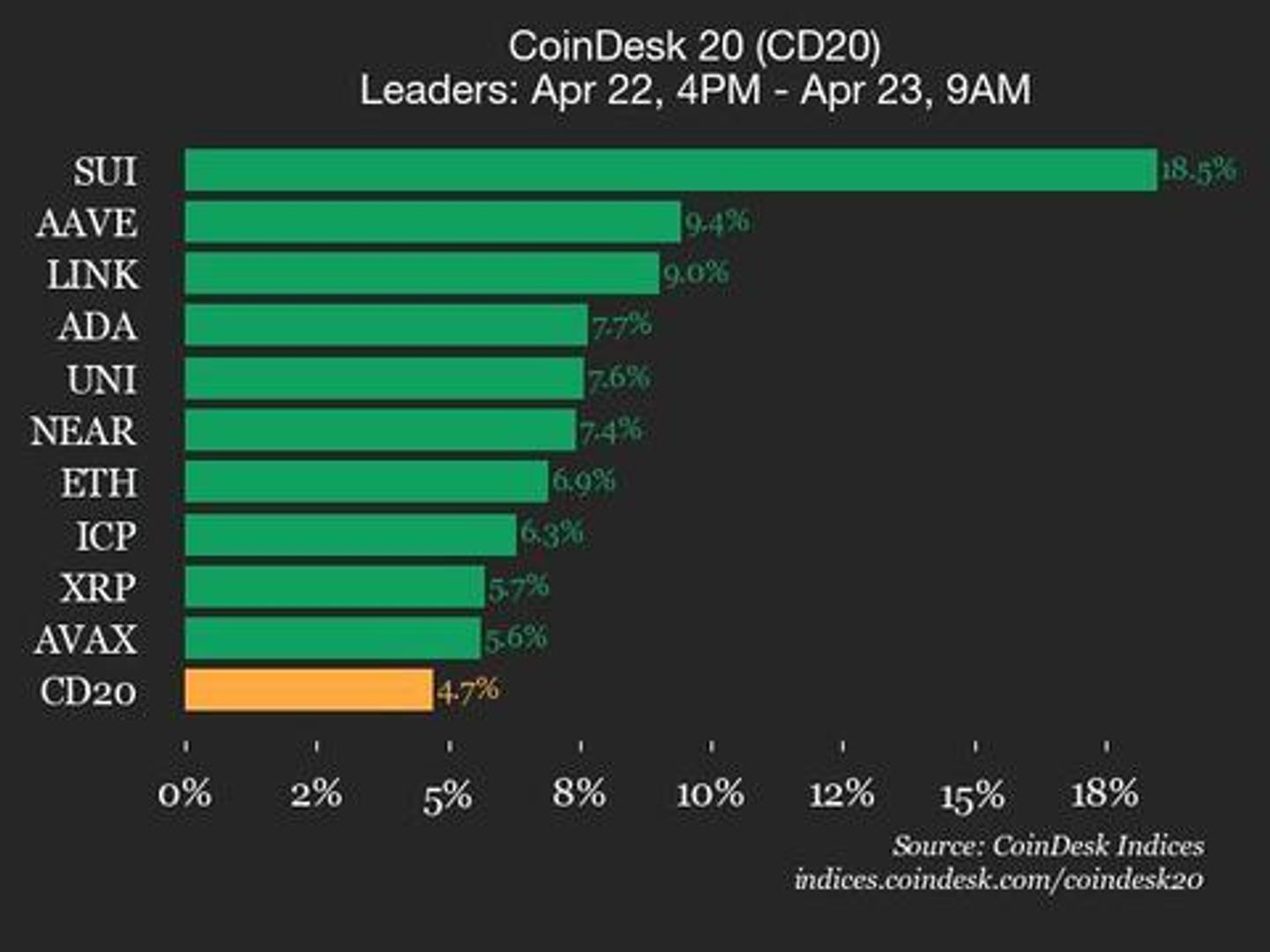Policy as Code: Automating Governance for Modern Infrastructure
Policy as code (PaC) represents a transformative approach to managing organizational rules and compliance by converting traditional policy documents into machine-readable formats. This modern methodology allows companies to automate policy enforcement, reduce human error, and maintain consistency across their operations. By treating policies like software code, organizations can leverage familiar development practices such as version control, automated testing, and continuous deployment to strengthen their security posture and ensure compliance. The ability to programmatically define and enforce policies brings unprecedented efficiency and reliability to governance processes, particularly in complex cloud-native and DevOps environments. Understanding As-Code Methodologies Modern IT operations have evolved to embrace code-based approaches for managing various aspects of technology infrastructure and governance. These methodologies transform traditionally manual processes into programmable, automated systems that enhance consistency and reduce human error. Key As-Code Approaches Infrastructure as Code Enables teams to manage IT infrastructure through programming languages rather than manual configuration. Ideal for automating resource provisioning in cloud environments. Security as Code Integrates security protocols directly into the development pipeline. Enforces consistent standards like network segmentation, encryption, and access control. Compliance as Code Programmatically enforces regulatory requirements (e.g., HIPAA, GDPR, NIST). Turns compliance documents into automated checkpoints within workflows. Policy as Code Automates a wide range of organizational policies—from password requirements to operational standards—across all domains. Practical Applications In dynamic environments, these methodologies ensure: Reduced administrative overhead Consistent enforcement Integrated governance across development, security, and operations Establishing Policy Requirements and Definitions Successful implementation of policy as code starts with understanding organizational needs and clearly documenting policy requirements. Essential Policy Components Policy Purpose: Why the policy exists and what it aims to achieve Scope Definition: Systems, teams, and resources covered Implementation Roles: Responsible individuals or teams Approval Chain: Decision-makers for policy review and updates Policy Details: The actual rules and procedures Enforcement Measures: Actions for violations Common Policy Categories Data protection & privacy Equipment & asset management Workplace safety protocols Digital security standards Employee conduct requirements Assessment Process To prepare for PaC implementation: Evaluate business goals and compliance needs Identify relevant regulations Analyze existing policy effectiveness Pinpoint process gaps and automation opportunities This groundwork ensures policies translated into code are relevant, enforceable, and aligned with organizational goals. Selecting Policy as Code Tools and Resources Once policy definitions are established, choosing the right tools is key to successful and sustainable PaC implementation. Leading Policy as Code Platforms Drata: Automated compliance monitoring (SOC 2, HIPAA) Checkov: Infrastructure code scanning for misconfigurations Terraform: Infrastructure provisioning with policy integration AWS Config Rules: Native AWS service for resource compliance HashiCorp Sentinel: Enterprise-level policy framework Open Policy Agent (OPA): Flexible, open-source policy engine Decision-Making Framework Key criteria for tool selection: Compatibility with existing infrastructure Team skill level and learning curve Integration with current workflows Community support and documentation Scalability and performance Cost and ROI potential Policy Engine Components Policy Definition – Machine-readable rules (e.g., Rego, Cedar, YAML) Data Store – Holds contextual information (e.g., app configs, metadata) Query System – Evaluates policy rules against inputs to make decisions These components enable automated policy enforcement in real-time and across diverse environments. Conclusion Policy as code represents a fundamental shift in how organizations manage and enforce governance. By turning static documents into executable rules, companies gain: Consistent policy enforcement Scalable compliance management Reduced manual oversight Fewer policy violations A successful PaC implementation requires: Clear documentation A strong foundation in organizational needs The right tooling and infrastructure As cloud-native and DevOps models grow, policy as code becomes essential for maintaining security, efficiency, and compliance. Though the initial investment may be significant, the long-term

Policy as code (PaC) represents a transformative approach to managing organizational rules and compliance by converting traditional policy documents into machine-readable formats. This modern methodology allows companies to automate policy enforcement, reduce human error, and maintain consistency across their operations.
By treating policies like software code, organizations can leverage familiar development practices such as version control, automated testing, and continuous deployment to strengthen their security posture and ensure compliance. The ability to programmatically define and enforce policies brings unprecedented efficiency and reliability to governance processes, particularly in complex cloud-native and DevOps environments.
Understanding As-Code Methodologies
Modern IT operations have evolved to embrace code-based approaches for managing various aspects of technology infrastructure and governance. These methodologies transform traditionally manual processes into programmable, automated systems that enhance consistency and reduce human error.
Key As-Code Approaches
Infrastructure as Code
Enables teams to manage IT infrastructure through programming languages rather than manual configuration. Ideal for automating resource provisioning in cloud environments.Security as Code
Integrates security protocols directly into the development pipeline. Enforces consistent standards like network segmentation, encryption, and access control.Compliance as Code
Programmatically enforces regulatory requirements (e.g., HIPAA, GDPR, NIST). Turns compliance documents into automated checkpoints within workflows.Policy as Code
Automates a wide range of organizational policies—from password requirements to operational standards—across all domains.
Practical Applications
In dynamic environments, these methodologies ensure:
- Reduced administrative overhead
- Consistent enforcement
- Integrated governance across development, security, and operations
Establishing Policy Requirements and Definitions
Successful implementation of policy as code starts with understanding organizational needs and clearly documenting policy requirements.
Essential Policy Components
- Policy Purpose: Why the policy exists and what it aims to achieve
- Scope Definition: Systems, teams, and resources covered
- Implementation Roles: Responsible individuals or teams
- Approval Chain: Decision-makers for policy review and updates
- Policy Details: The actual rules and procedures
- Enforcement Measures: Actions for violations
Common Policy Categories
- Data protection & privacy
- Equipment & asset management
- Workplace safety protocols
- Digital security standards
- Employee conduct requirements
Assessment Process
To prepare for PaC implementation:
- Evaluate business goals and compliance needs
- Identify relevant regulations
- Analyze existing policy effectiveness
- Pinpoint process gaps and automation opportunities
This groundwork ensures policies translated into code are relevant, enforceable, and aligned with organizational goals.
Selecting Policy as Code Tools and Resources
Once policy definitions are established, choosing the right tools is key to successful and sustainable PaC implementation.
Leading Policy as Code Platforms
- Drata: Automated compliance monitoring (SOC 2, HIPAA)
- Checkov: Infrastructure code scanning for misconfigurations
- Terraform: Infrastructure provisioning with policy integration
- AWS Config Rules: Native AWS service for resource compliance
- HashiCorp Sentinel: Enterprise-level policy framework
- Open Policy Agent (OPA): Flexible, open-source policy engine
Decision-Making Framework
Key criteria for tool selection:
- Compatibility with existing infrastructure
- Team skill level and learning curve
- Integration with current workflows
- Community support and documentation
- Scalability and performance
- Cost and ROI potential
Policy Engine Components
- Policy Definition – Machine-readable rules (e.g., Rego, Cedar, YAML)
- Data Store – Holds contextual information (e.g., app configs, metadata)
- Query System – Evaluates policy rules against inputs to make decisions
These components enable automated policy enforcement in real-time and across diverse environments.
Conclusion
Policy as code represents a fundamental shift in how organizations manage and enforce governance. By turning static documents into executable rules, companies gain:
- Consistent policy enforcement
- Scalable compliance management
- Reduced manual oversight
- Fewer policy violations
A successful PaC implementation requires:
- Clear documentation
- A strong foundation in organizational needs
- The right tooling and infrastructure
As cloud-native and DevOps models grow, policy as code becomes essential for maintaining security, efficiency, and compliance. Though the initial investment may be significant, the long-term benefits—automation, reliability, and operational control—far outweigh the cost.
Organizations that embrace policy as code position themselves to navigate evolving regulatory environments with agility and confidence.










































































































































































![[The AI Show Episode 144]: ChatGPT’s New Memory, Shopify CEO’s Leaked “AI First” Memo, Google Cloud Next Releases, o3 and o4-mini Coming Soon & Llama 4’s Rocky Launch](https://www.marketingaiinstitute.com/hubfs/ep%20144%20cover.png)

























































































































































































.jpg?width=1920&height=1920&fit=bounds&quality=70&format=jpg&auto=webp#)




















































nintendodirect_nintendoswitch2–4.2.2025(2).jpeg?#)

































_Wavebreakmedia_Ltd_FUS1507-1_Alamy.jpg?width=1280&auto=webp&quality=80&disable=upscale#)




















































































































![Hands-On With 'iPhone 17 Air' Dummy Reveals 'Scary Thin' Design [Video]](https://www.iclarified.com/images/news/97100/97100/97100-640.jpg)
![Mike Rockwell is Overhauling Siri's Leadership Team [Report]](https://www.iclarified.com/images/news/97096/97096/97096-640.jpg)

































































































































